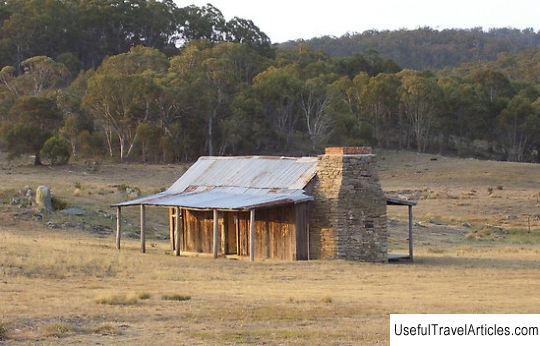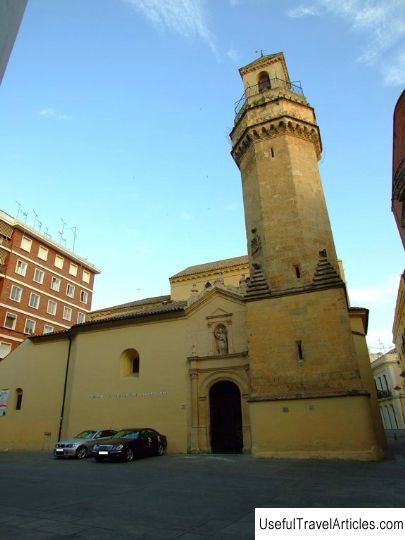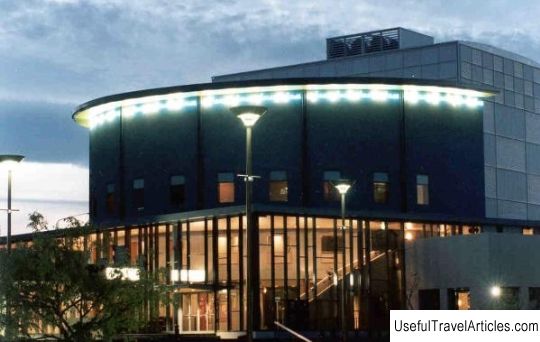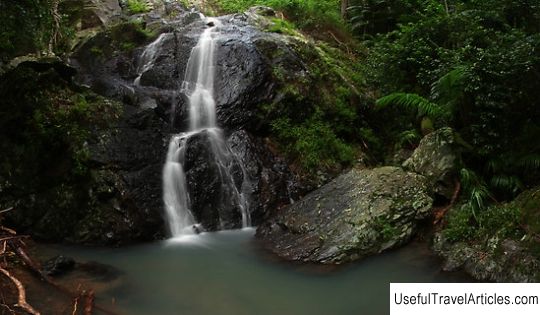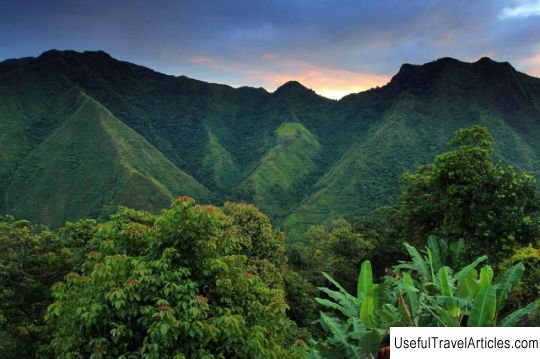Tidbinbilla Nature Reserve description and photos - Australia: Canberra
Rating: 8,5/10 (1203 votes) 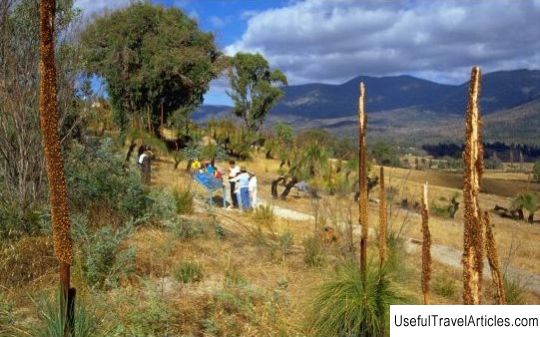
Tidbinbilla Wildlife Park (Tidbinbilla Nature Reserve) description and photos - Australia: Canberra. Detailed information about the attraction. Description, photographs and a map showing the nearest significant objects. The name in English is Tidbinbilla Nature Reserve. Photo & DescriptionTidbinbilla Wildlife Park is located on the border of Namaji National Park near Canberra. The territory of the park with an area of 54.5 km ² consists of a huge valley, Mount Tidbinbilla and the Gibraltar range. The slopes of the valley are quite steep and are relatively undisturbed, despite the fact that traces of aboriginal and European settlers can be found here. It is believed that Mount Tidbinbilla was used as a site for initiation ceremonies for the young men of the local tribes. The very name of the mountain comes from the aboriginal word "Jedbinbilla", which means "the place where boys become men." One of the most famous Aboriginal sites here is Birriaga Rock Grotto, the oldest aboriginal encampment in the Australian Capital Territory. Moth Rock is another place where traces of Aboriginal activities have been preserved: here they collected sleeping Bogong moths. Other inhabitants of these places, who left evidence of their lives, are European settlers. The peasant estates "Nile Desperandum" and "Stone Valley" were built of clay mixed with gravel in the 1890s. Nearby are the remains of a camellia plantation and eucalyptus oil factory, the best preserved in the Australian Capital Territory. Both buildings were severely damaged during the 2003 wildfires. "Stone Valley" was partially restored, and "Nile Desperandum" was recreated in its original form, even the design of the late 19th century was preserved, but the covered veranda had to be abandoned, which was irreversibly destroyed. In 1936, about 8 km ² the areas around the houses were reserved for the park, and in 1939 a koala enclosure was built here. Later, in 1962, the government acquired these lands, expanding the park to its current size. In 1971, the park was officially opened. In January 2003, 99% of the park's territory burned down in a fire, many of the park's inhabitants died in the fire. Only one koala, 6 wallaby, 4 potoru (a kind of kangaroo rat), 4 speckled ducks and 9 black swans survived. But time is slowly erasing the traces of a devastating catastrophe, and today in the park you can again see kangaroos, wallaby, platypus, koalas, emus, lyrebirds and other animals. There are many different hiking trails laid here, the development of which takes from 30 minutes to 6 hours. The ecosystems of the park are very diverse - wetlands, grassy plains, woodlands, subalpine meadows and others. There are 14 species of habitats in total. Tidbinbilla is recognized as a leader in research into the biology of wildlife reproduction, including through its programs to breed southern tassel rock kangaroos and other potoru and wallaby kangaroos. A state-of-the-art veterinary clinic and animal breeding center have contributed to the success of the programs. In 1980, the Birrigai Environmental Education Center was founded in the park, where students can expand their knowledge of Australian nature, most often through hands-on outdoor activities. There is also a playground for children "Discover Nature!", Where they can pump water as pioneers of these places, ride a flying dog or become part of a huge sundial. Another attraction invites visitors to get acquainted with wildlife and learn how plants, animals and their habitats are related to each other. On November 7, 2008, the park was listed as a National Property of Australia as one of 11 landscapes and wildlife areas in the Australian Alps.         We also recommend reading Monument to the Cat Kazansky description and photo - Russia - Volga region: Kazan Topic: Tidbinbilla Nature Reserve description and photos - Australia: Canberra. |
